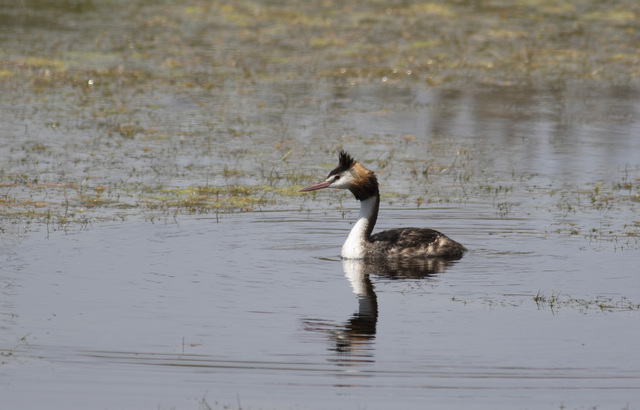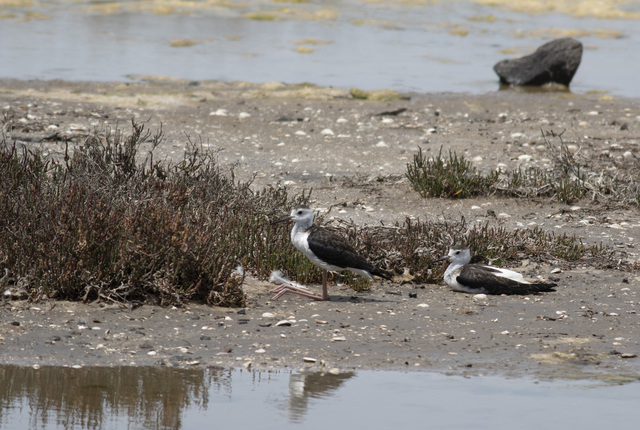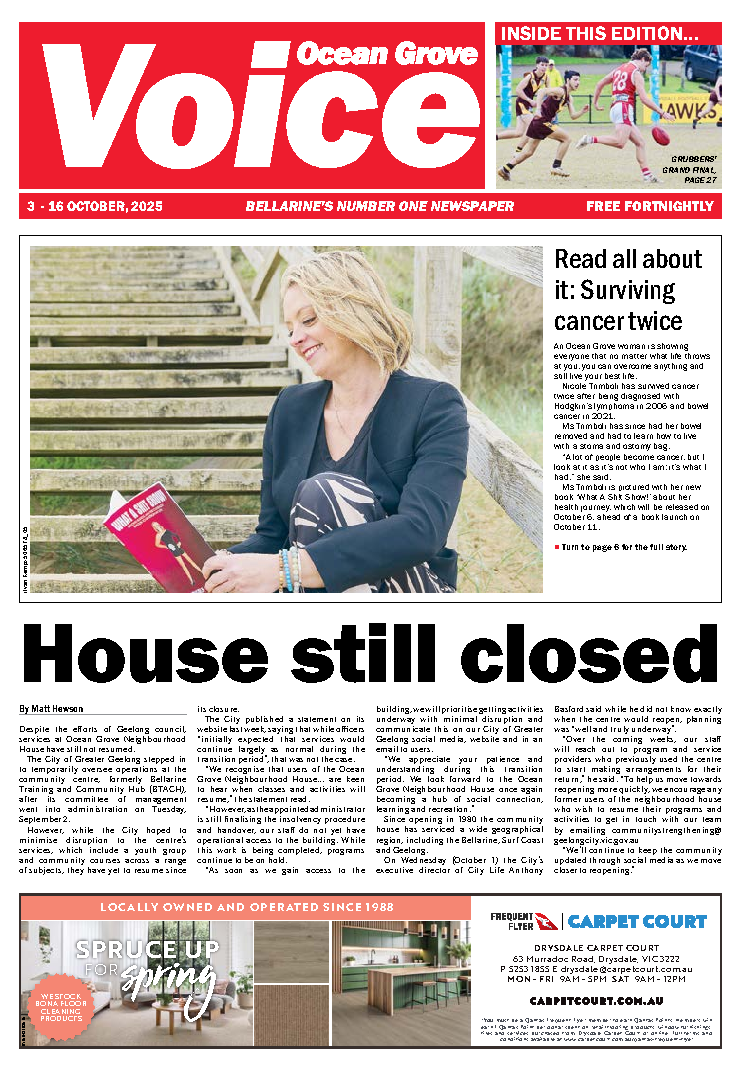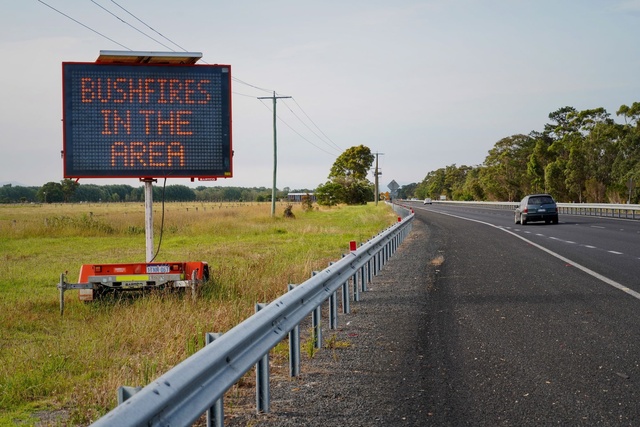It’s been a quiet few weeks around the Bellarine, with the holiday season coming to a close.
There has been some much-needed rain over the past week, accompanied by very destructive winds.
I’ve seen a few lovely birds in my local area recently. The highlight for me was spotting a beautiful Great Crested Grebe in the pond at the end of my street in Ocean Grove.
I’ve seen many of these birds over the summer months in Geelong, particularly around Corio Bay.
Great Crested Grebes are the largest species of grebe in Australia. They have a long, thin neck, a straight and sharp bill, an impressive black crest and chestnut-coloured frills on the cheek. This certainly was a lovely bird to spot in a small suburban pond!
Also, in the same pond, a Little Pied Cormorant was perched on a dead tree, drying out its wings.
Like the grebe, cormorants are mostly fish-eating birds and spend most of their time diving and swimming underwater in pursuit of small fish.
It is thought that unlike many other waterfowl, such as ducks, cormorants do not have as much preen oil, which helps to waterproof their feathers. The lack of oil lets the birds dive underwater and remain buoyant.
They, therefore, spread their wings in the sun to dry them after they have finished ‘fishing’.
I was looking at a photo of two newly fledged Pied Stilts, and one of them was resting with its lower legs forward in an unusual pose.
It’s interesting that the joint that the bird is resting on is the ankle joint, and this often gets mistaken for a knee joint.
In birds, the knee joint is higher near the bird’s body, the ankle joint is part of the lower leg, and the birds walk on their toes.
So this bird is resting with its ankle bone, or tarsus angled forwards towards the toes, which looks ungainly, but the bird was probably very comfortable!










